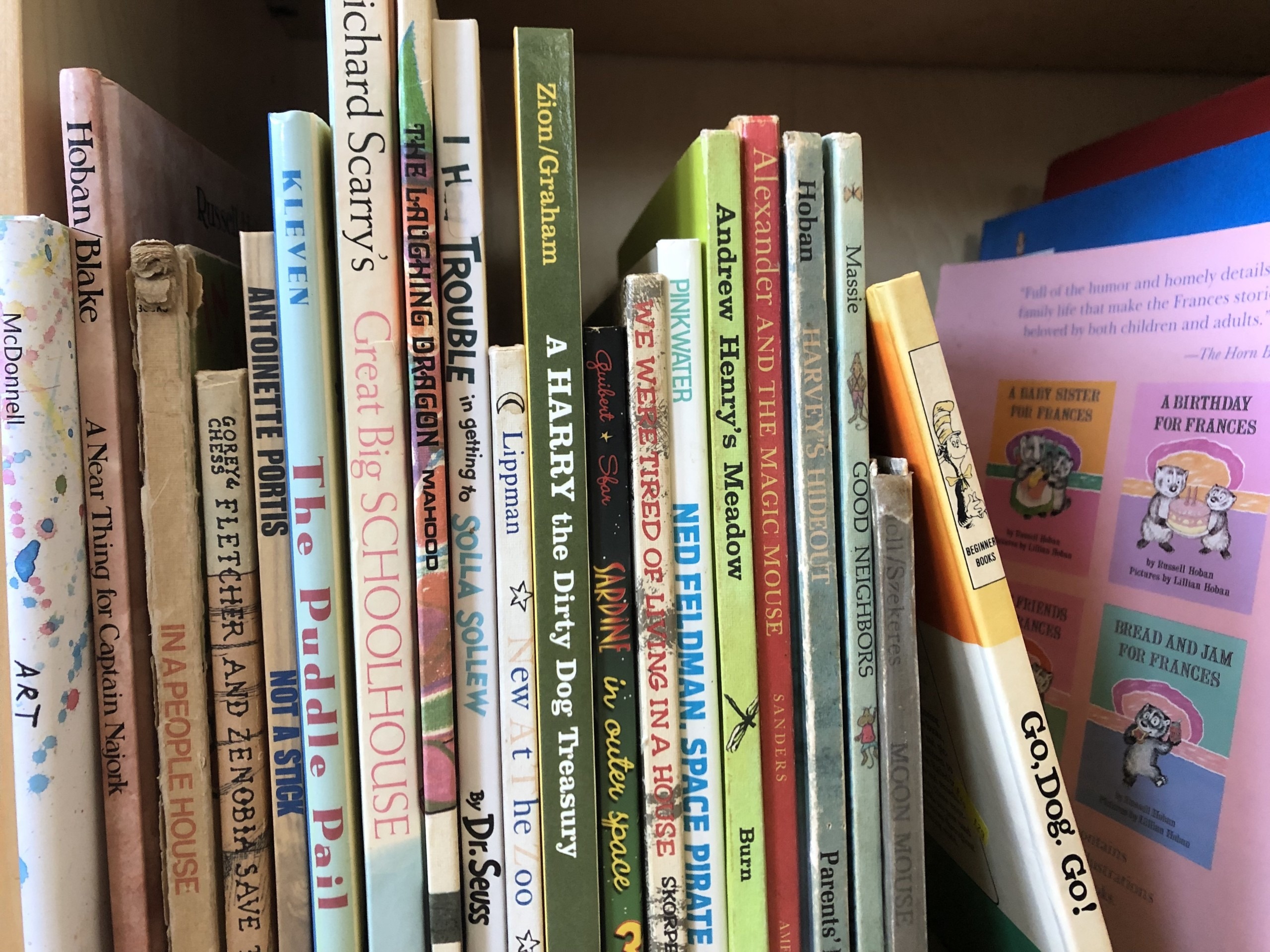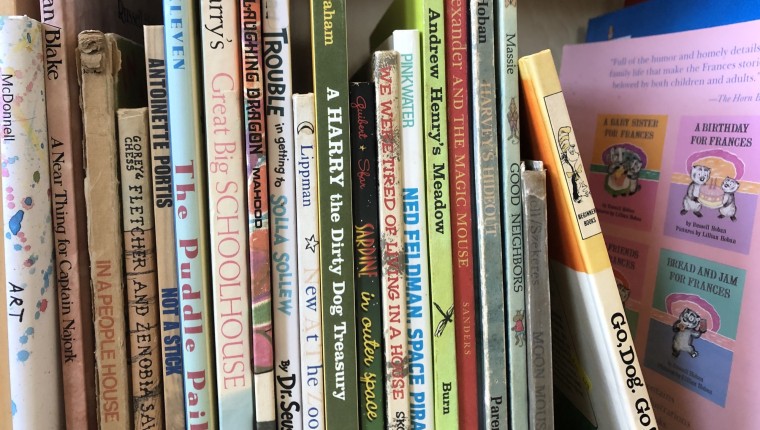The Books that Sparked You as a Kid
. . .
Some books stay with us, and which ones do is very personal. You may not know why you love a favorite book so much, but sometimes you do.
The Arts Coast Magazine asked visual, literary and performing artists what books helped shape who they are today. Here’s hoping you rediscover that sense of wonder – and find some good suggestions for readers of every age.
If you’ve got a favorite book to share,
you can email s.cowley@creativepinellas.org.
. . .
. . .
I’ve always had a fascination with the macabre and there is one book that terrified and excited me as a kid.
Grandpa’s Ghost Stories (1978) is a collection of three ghost stories by James Flora that are creepy and fun. They also feature illustrations that I still remember vividly even to this day.
It’s a story of a young boy and his grandfather. There is a terrible storm and the grandfather soothes his grandson by telling him about things that are far scarier than thunder and lightning. Werewolves and witches and ghosts! Eek!
. . .
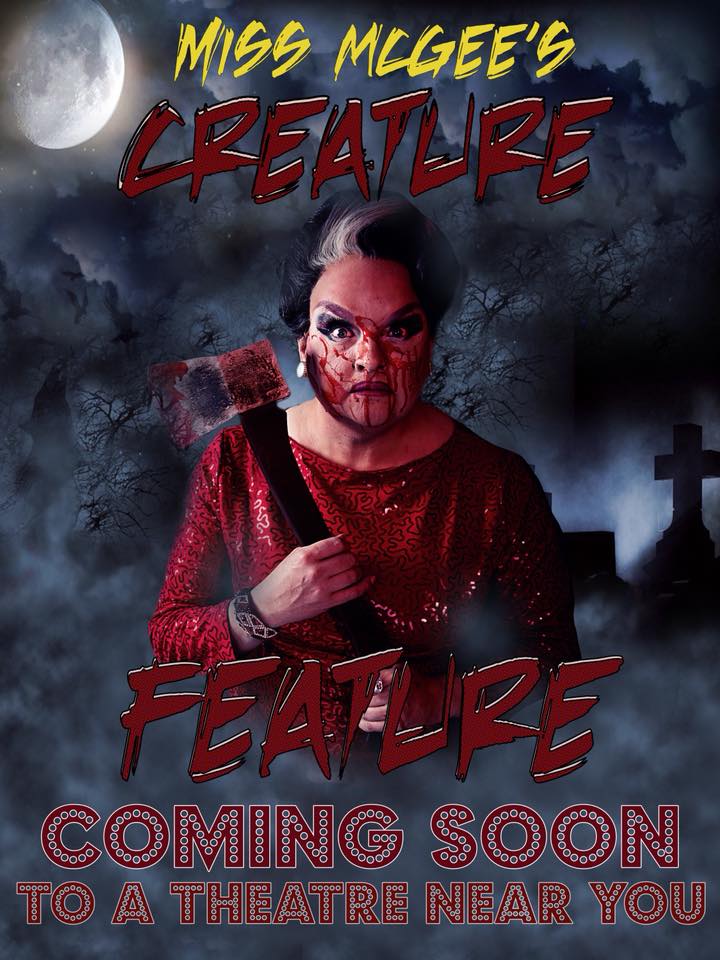
. . .
It’s a lot of fun and it definitely inspired me to be more creative and spirited as an artist. Especially when I embrace my scary side!
– Matthew McGee
thematthewmcgee.com
. . .
My all-time favorite book is The Velveteen Rabbit by Margery Williams, about a toy rabbit who wanted so badly to be real.
Being real, he was told by the Skin Horse, is “a thing that happens to you.”
. . .
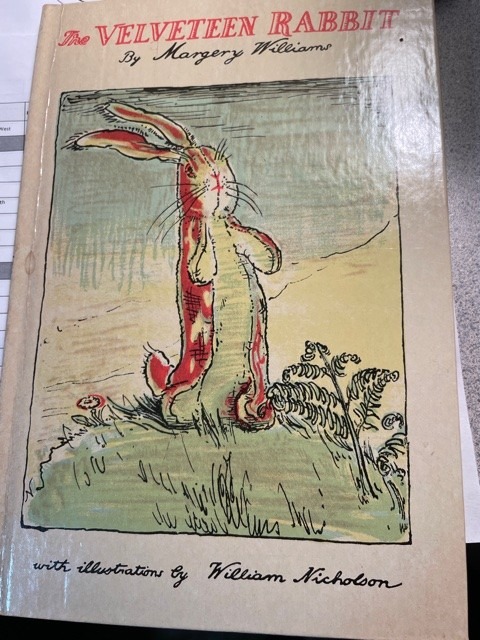
. . .
“When a child loves you for a long long time not just to play with but, REALLY loves you, then you become REAL… It doesn’t happen all at once. You become. It takes a long time.”
. . .
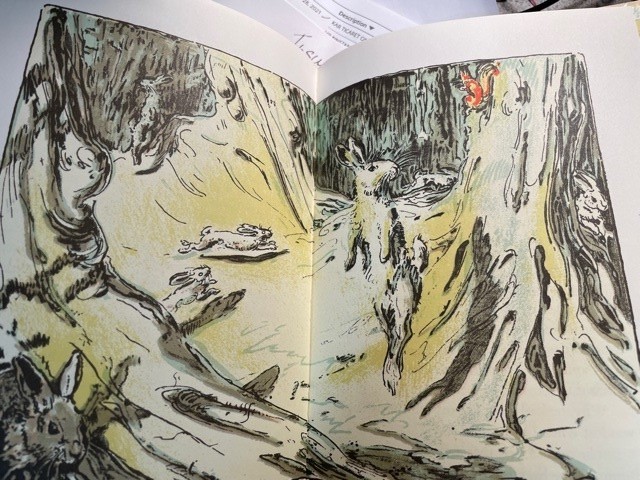
. . .
I just love this book for its message that life is not easy and that there are pains that come with growth.
The Rabbit eventually becomes real, “at last! At last!”
. . .
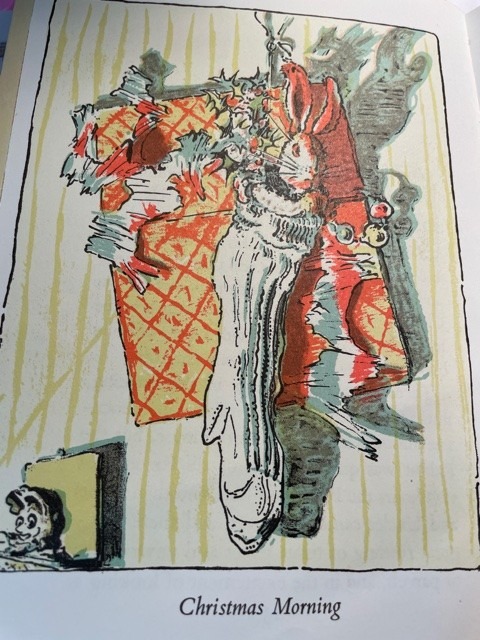
– Emily Stehle
creativepinellas.org/artist/emily-lee-stehle
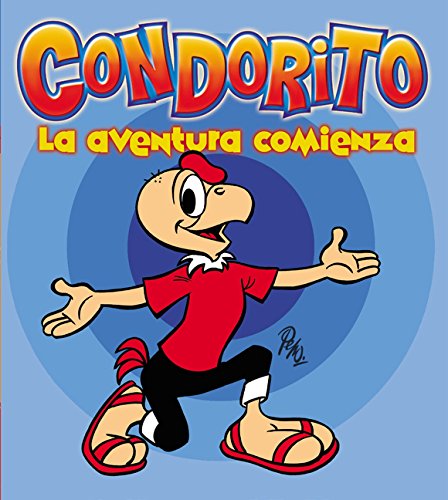
. . .
I used to read Condorito, Mafalda and Chavo del 8 comics. Black Stallion and El Principito were cool books as a kid.
. . .
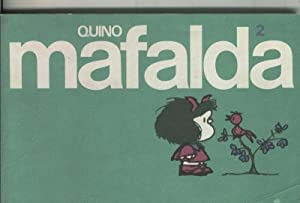
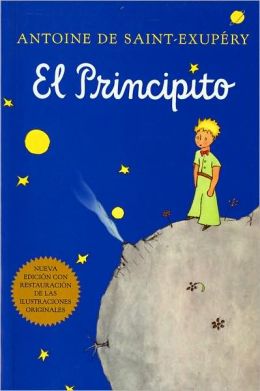
– Daniel Barojas
r5imaging.com
. . .
Charlotte’s Web by E.B. White. I loved the relationship between Fern, Charlotte and Wilbur.
. . .

. . .
Though I didn’t realize the deeper why behind it at the time, I loved the fact that the heroes of the book, Charlotte and Fern were female (like me). They were ingenious, committed, risk takers. They collaborated. They took on and beat the system. They fought back death.
It was a gentle, gentle book, but there was some fierceness there that spoke to me – about not giving up, not settling, not accepting the status quo, going to the mat for your friends and for what you cared about.
I also have always loved the statement “Some Pig.”
. . .
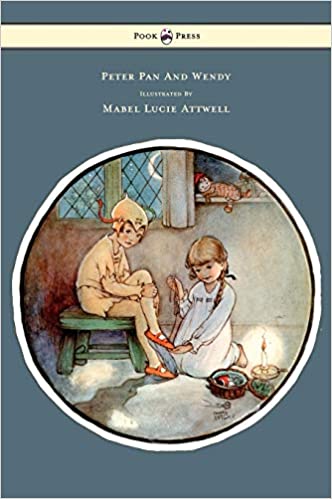
. . .
The other book was an illustrated version of Peter Pan with lush, magical color plates. I think it is the one with illustrations by Mabel Lucie Attwell.
The images transported me to a magical world of pirates, fairies and a dog that watched over the children when their parents were gone (which mine often were).
It was not that I cared for the story all that much. Peter, who reminded me of the boys who lived down the street and were always rowdy and getting into trouble, bored and annoyed me. Wendy seemed so uptight.
But Tinkerbell, Tiger Lily, Captain Hook, the island of Neverland, where magic existed, that was where I wanted to be. And if it took an act of imagination, well, I was there for it.
– Barbara St. Clair
creativepinellas.org
. . .
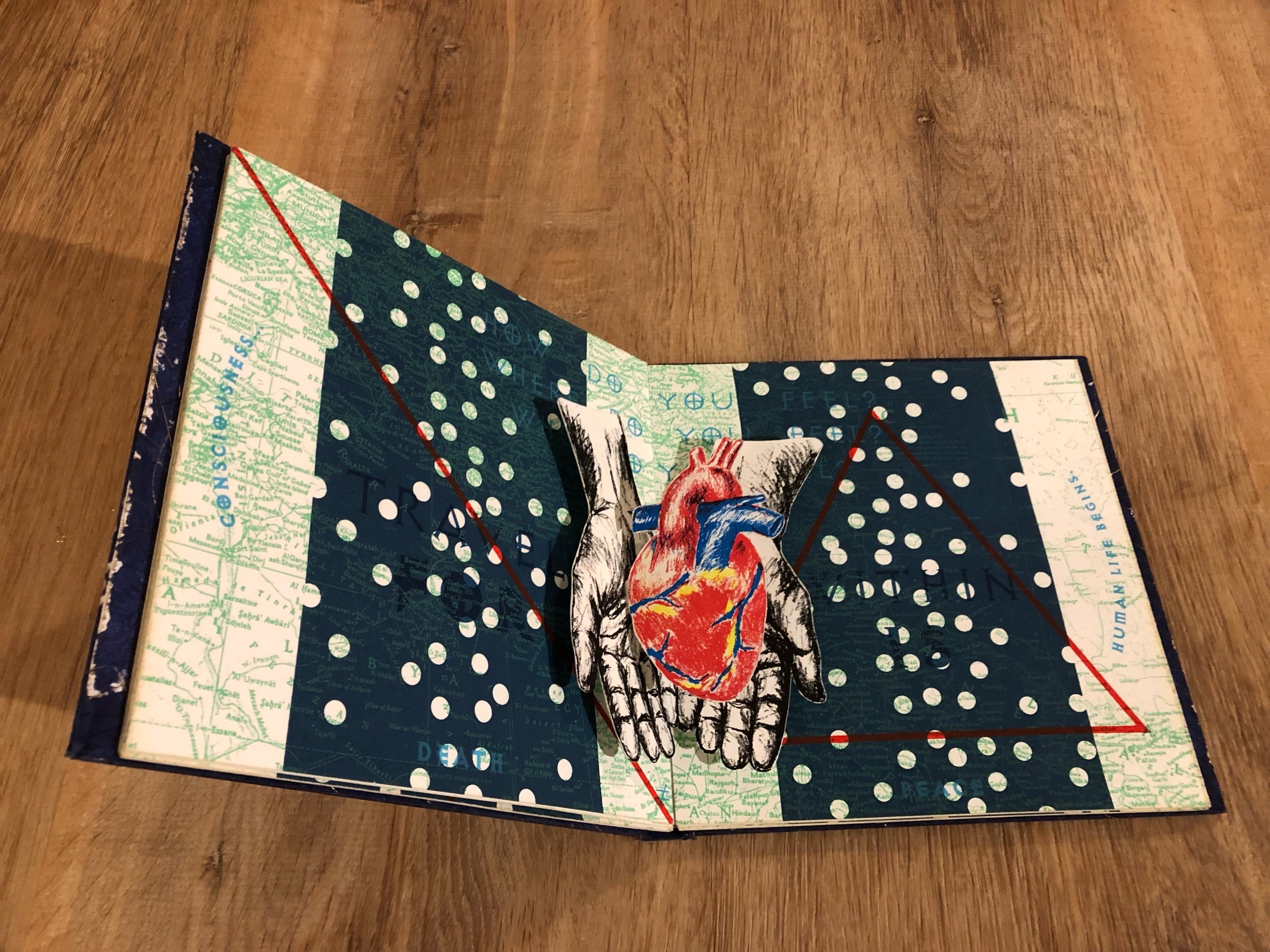
. . .
I remember playing with pop up books, which I still enjoy and continue to acquire, which now include artist pop up books, and pop up books for adults – as well making them myself.
. . .
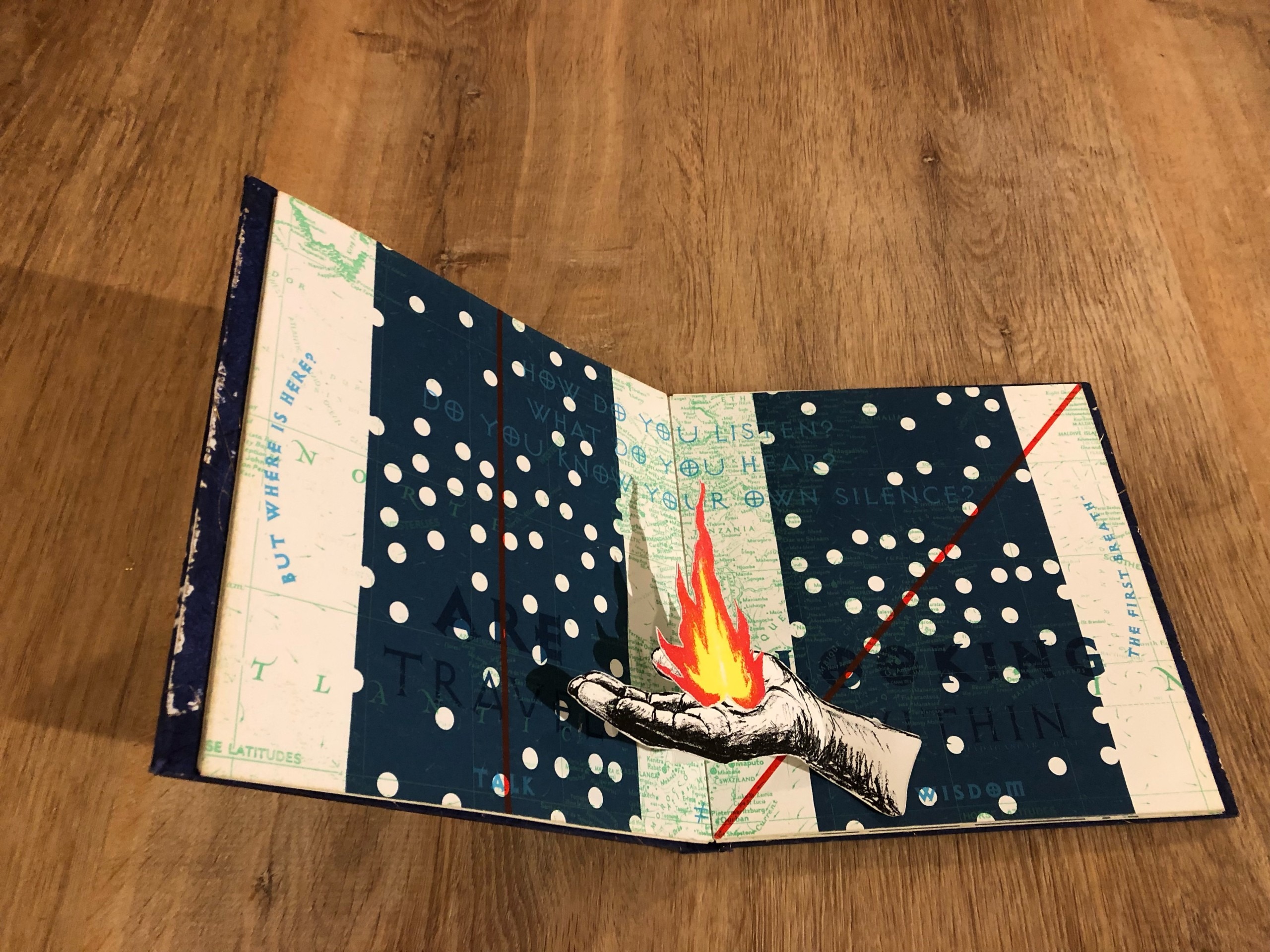
– Tony Wong Palms
instagram.com/wongpalms
. . .
Scuppers The Sailor Dog written by Margaret Wise Brown and illustrated by Garth Williams.
It’s my favorite kids book because it shows the resourcefulness of Scuppers who decides to be an adventurer, because he wants to experience more in his life.
. . .
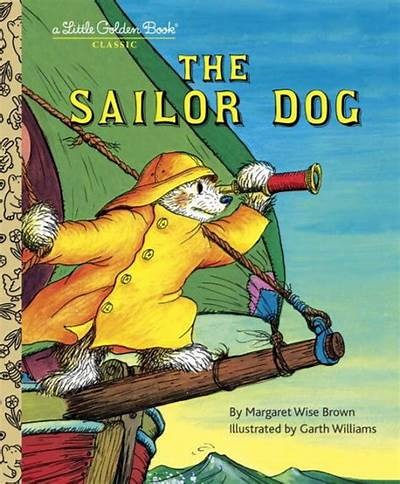
. . .
He’s never held back by any challenges he faces on his journey and always finds a way to be creative to get his needs met. He lives simply and joyfully.
To this day it’s my favorite children’s book. I also love the illustrations, because they really got my imagination going. My father was a sailor, so he introduced the book to me and read it to me when I was younger.
Description from Wiki –
“Scuppers the dog has an irresistible urge to sail the sea. His little gaff-rigged sailing boat hardly looks seaworthy, with colorful patches on its sails. Though not a luxurious boat, Scuppers keeps it neat and ‘ship-shape.’ He has a hook for his hat, his rope, and his spyglass. Unfortunately, Scuppers gets shipwrecked after a big storm. Being a resourceful dog, he soon makes a house out of driftwood.
. . .
. . .
“Eventually, Scuppers repairs his ship and sails away, arriving at a seaport in a foreign land. The street scene is straight from a canine Kasbah. There are lady dogs dressed in full-length robes with everything but their eyes, paws, and tails covered, balancing jars on their heads. Scuppers needs new clothes after all his travels. He tries on various hats and shoes of different shapes and colors.
“Life at sea soon calls Scuppers back to his boat. After stowing all his gear in its right place, he is back “where he wants to be — a sailor sailing the deep green sea.”
Read and Write on!
– Maureen McDole
keepstpetelit.org
. . .. . .

. . .
The comics section of any newspaper was my most valued inspiration growing up, but that’s not all. All the Dr Seuss stuff, anything anime, old Norman Rockwell collections, and the illustrators who drew the Art for Fat Albert all gave me the push I needed to start snd keep drawing.
. . .

– Zulu Painter
zulupainter.com
. . .
I had several books that really reached into me when I was young. . .
Where The Red Fern Grows, by Wilson Rawls. It encouraged me to allow myself to feel deeply, to grieve loss and to believe in things greater than myself.
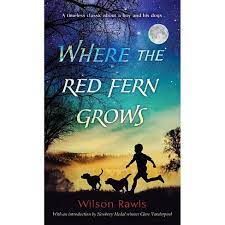
. . .
The Phantom Tollbooth, by Norton Juster (in particular, the edition with illustrations by Jules Feiffer). A wonderful flight of imagination. Fantastic characters, wonderful use of wordplay and puns.
. . .
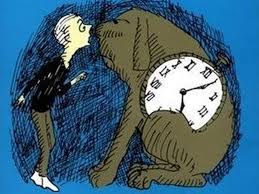
. . .
It was a celebration of “knowing things” – an encouragement to me as a school-enamored child to treasure knowing things. A wonderful, funny, positive story that reminds me of my most treasured story of all. . .
. . .

. . .
Alice’s Adventures In Wonderland, by Lewis Carroll. Principles of logic play with literary nonsense. The imagery, fantasy and complete loss of the ordinary continue to make me hopeful to this day.
While writing my play, Dream Child: The Trial Of Alice In Wonderland, I spent over two years immersed in Lewis Carroll’s work, even traveling to Oxford, England to visit the places where he and Alice lived and spent time together.
. . .

. . .
I was gifted an antique edition of the Annotated Alice that I treasure. Tenniel was the original illustrator who worked with Carroll.
I have enjoyed the many adaptations in film, stage and musical productions and carry the story as something that – in a tiny way – Carroll meant just for me to have.
– Roxanne Fay
roxannefay.com
. . .
As a child I was fascinated by big cats – Tigers, Panthers, etc. As a birthday gift my mother gave me a book called Timothy the Terror by Ruth Cavin, illustrated by Jean-Jacques Loup.
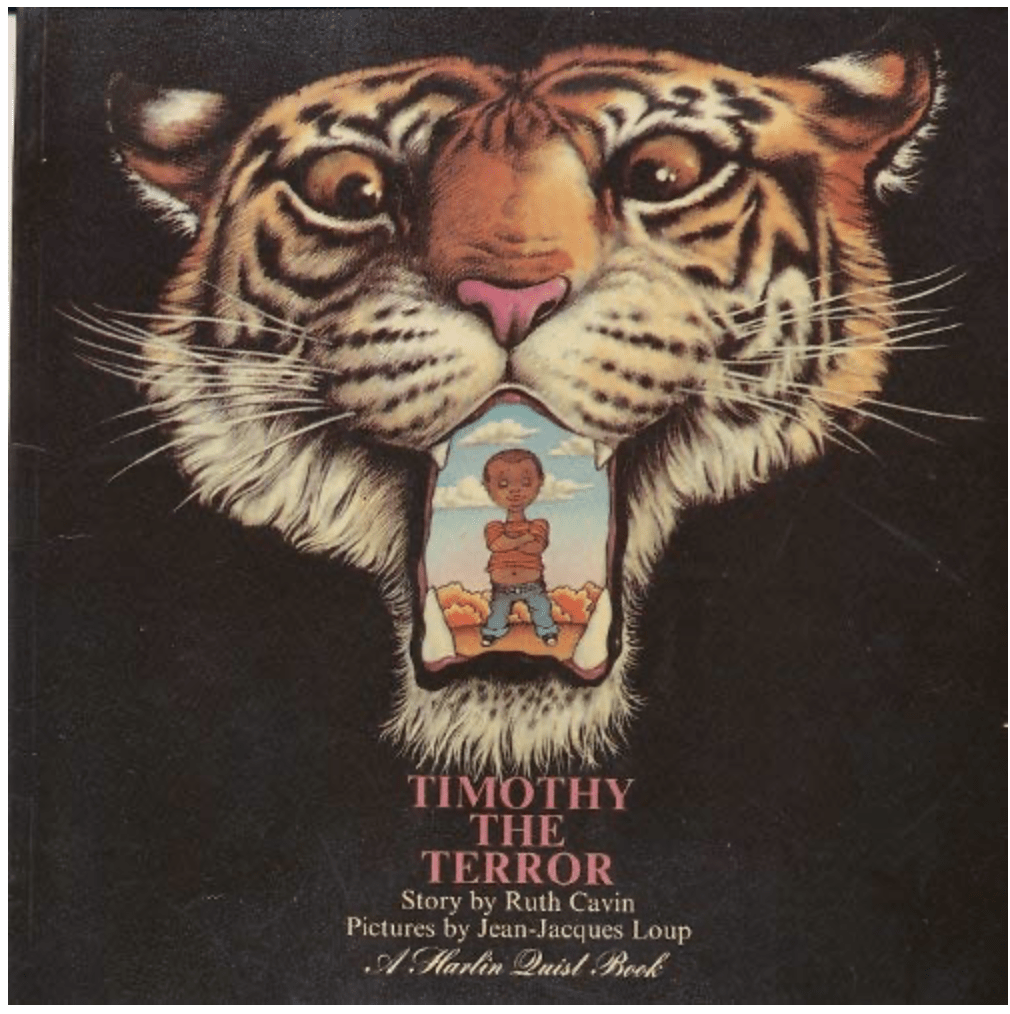
I loved the illustrations and how the tiger empowered the boy. Though I don’t condone the taking of animal hides as trophies, memories of the story and the images have always stuck with me.
I have come to realize that at the time, early ’70s, that this was a fairly progressive choice by my mother and for that I’m grateful.
– Mark Aeling
mgasculpture.com
. . .
When I’m working on collaborative performances with actors, dancers, musicians and visual artists, I often think of my battered copy of Jay Williams’ The King with Six Friends.
. . .
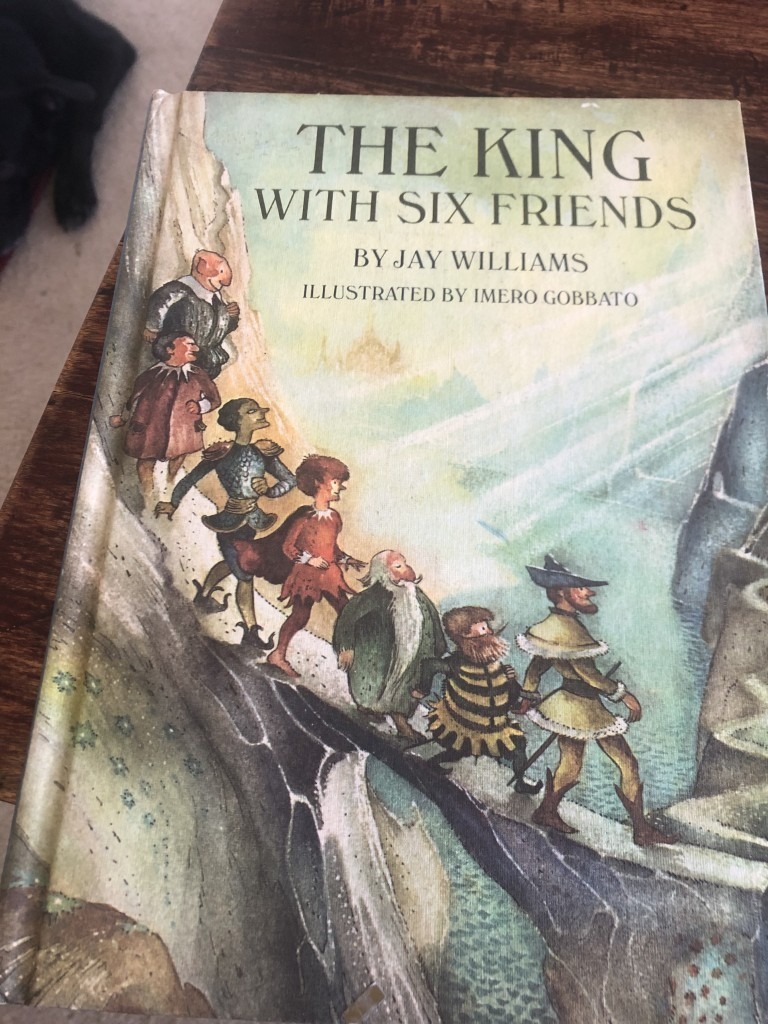
. . .
In the book, an out-of-work king called Zar hits the road and winds up having to fulfill a series of challenges – and he wasn’t good at any of the things he had to do. I don’t even remember what he was after – what sticks with me is how as he went along, he kept finding unique friends who were good at special things. And they all worked together to do the impossible tasks he’d been set.
“There’s just one thing about the whole story which I don’t understand,” said the steward. “Each of you had something he could do best. It seems to me that it was you who passed the tests, not Zar. What did he do?”
And the answer was that Zar brought them all together. So I know that I don’t have to be an actor or a painter or a dancer or play music to put all those lovely things onstage – I just need to know the right people who can, and we can work together to make something that is part of all of us.
– Sheila Cowley
sdcowley.com
. . .
Reading these, my imagination was peaked to the point that I still believe that magic is real.
. . .
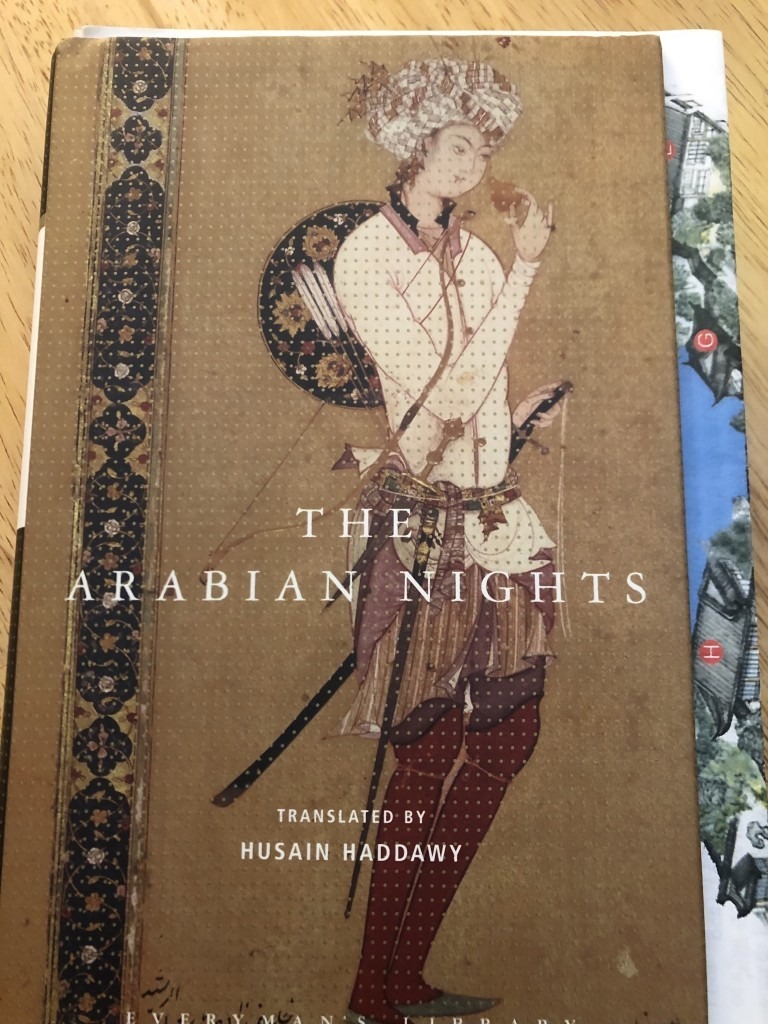
. . .
These stories were read to me by my mother in the four-poster bed that we shared. I see yellow and gray and white floral walls to this day when I think of that bedroom. That bed stayed in the family for a long time.
.
Other stories were Saturday morning radio plays – The Red Lantern, Jack Armstrong, Let’s Pretend. These I never missed.
– Paula Kramer
creativepinellas.org/artist/paula-kramer
. . .
A book that had a major impact on me is Little Women by Louisa May Alcott. As a little girl, I couldn’t wait to read it – I’m named Amy Jo after two of the main characters!
The book spoke to me even though it was 90 years old by the time I read it as an eight-year-old. It showed girls being artists and writers. . . having dreams. . . rebelling against social structures. . . not always behaving perfectly.
. . .
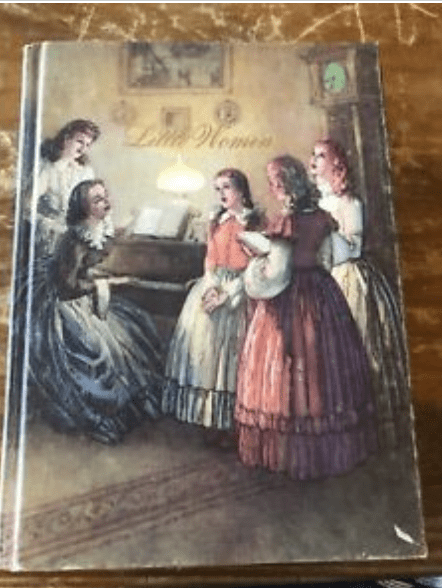
. . .
I checked the book out of the library and renewed it as many times as I could, but it had to be returned. That night, my parents gave me a hard-cover copy of the book, and I cried with joy.
My career has been as an illustrator, graphic designer and writer – following in my namesakes’ footsteps.
In her quiet but powerful way, Alcott helped prepare generations of girls to be women in their own right. I’m grateful to my parents for understanding how important this book is and was to me.
I can still quote the opening – very appropriate for this time of year: “Christmas won’t be Christmas without any presents,” grumbled Jo, lying on the rug.’
– Amy Blake
. . .
Time after time, I brought the book to my mother. Snuggled on her lap or nuzzled next to her at the kitchen dinette, she would patiently read the narration and act out each character’s voice – deep grumpy voices for the big engines and an enthusiastic high one for the little engine.
She dared not omit one line or word as I knew the book by heart. I literally took it to heart as the little engine’s words, “I think I can” became my life’s mantra.
. . .
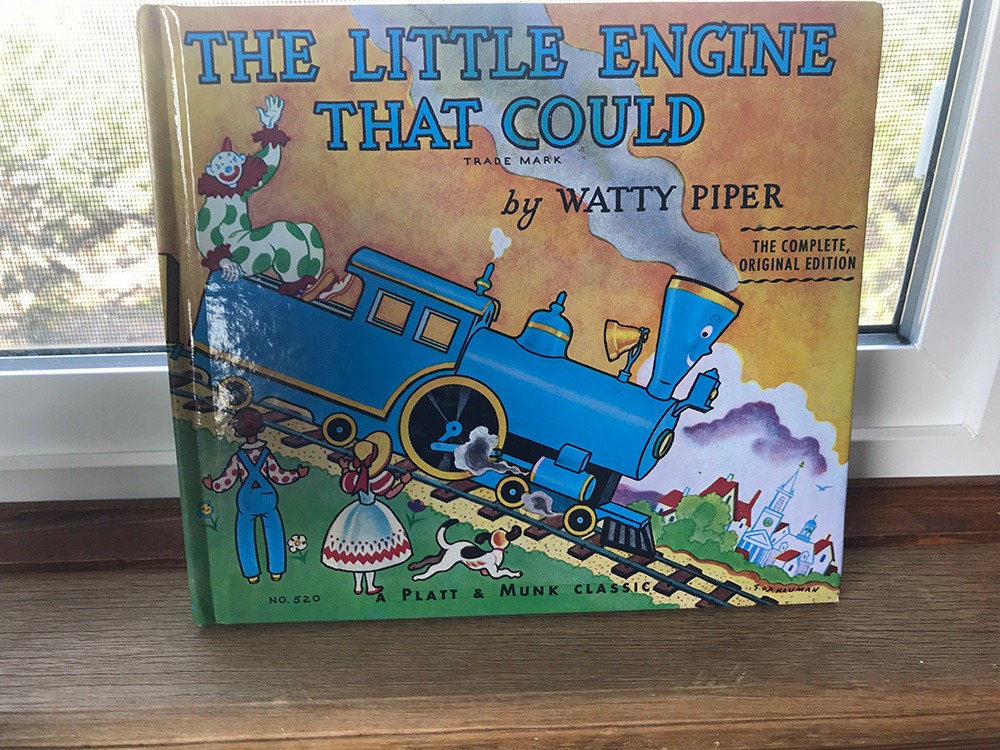
. . .
My parents encouraged me to believe in myself and to believe that I could do what I set my mind to doing. They also emphasized that the little engine cared about others and did what it could to help them.
So, with kindness and a can-do attitude, I lead my life, strongly influenced by the children’s book, The Little Engine That Could, and believing in myself with the words, “I think I can!”
The Little Engine That Could was written in 1920 by “Watty Piper,” a pen name of Arnold Munk, who was a Hungarian-born immigrant and the owner of the publishing firm Platt & Munk.
-Katie Deits
floridacraftart.org
. . .
In my pre-teens, I was reading the Nancy Drew mystery series — often finishing a volume under my bedcovers with a flashlight way past my bedtime.
The series was launched in 1930, and although there was a reboot in 1959 when I was 10, I was reading my mother’s original versions. The cover of the 1930 edition of The Secret of the Old Clock, the first in the series, featured the “pretty 16-year-old” Nancy lurking across a field in a blue dress, carrying a clock – her “curly golden bob” hidden under a cloche hat.
. . .
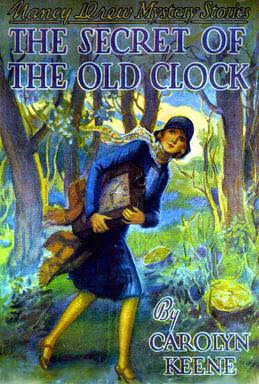
. . .
There was a lot about Nancy that reminded me of myself – she was from an unnamed state in the “Middle West” (I was born in Kenosha, Wisconsin). She loved a good mystery. And she adored her father.
But there was a lot that was far from my own experience. Her mother died when she was 10 (my age when I started the series) and she was rich. Her father, a prominent lawyer, had given her a blue roadster for her birthday (which she constantly “jumped,”hopped,” or “sprung” into) to go off and solve mysteries.
I wanted to see myself in the wealthy, fiercely independent Nancy Drew, but I think I identified more with the person that was inventing her world – Carolyn Keene. I may not ever get a roadster, but I could write about those who did, couldn’t I?
Later, I learned that Carolyn Keene herself was an invention. Mildred Wirt Benson, who wrote 23 of the original 30 books, was the first to use that pen name, but dozens of authors followed.
That wasn’t my only disillusionment about the series though. How had I accepted all the racial and sexist stereotypes that had been dropped into my 10-year-old unsuspecting brain? In the 1930 edition of The Secret of the Old Clock, for example, a “colored” caretaker who talks in dialect is painted as a buffoon, and at one point is unceremoniously pushed out of car. And in the middle of trying to track down a missing will, Nancy stops to shop for a new frock for an upcoming party because that’s what girls do, don’t they?
If I had read the 1959 version, I would have been spared that racist scene — in the ‘50s versions all mention of Black people was excised — but apparently I would have been subjected to even more robust sexist stereotyping. In the ‘50s and ‘60s versions, the editors urged the various “Carolyn Keenes” to portray Nancy as more feminine and less combative.
. . .
. . .
As writer Bobbie Ann Mason said in her critic of those versions, “Nancy Drew had liberated readers from that tyranny (of ‘giggling girl’ heroines), but. . . if Nancy is to live up to her image as superheroine, she must step beyond the old limits of her role and again advance into forbidden territory.”
As of March, 613 Nancy Drew books have been published in over 13 different series. I haven’t read any of the updated Nancy Drew books and comics nor watched any of the TV shows based on the books but I hear that they present a Girl Sleuth superheroine more to Mason’s liking.
The world around Nancy Drew has become more diverse. Nancy’s chum George, who in early books is described as a “tomboy,” has been reimagined as a lesbian in a 2018 comic and as Asian in the 2019 TV series.
I like to picture a 10-year-old girl out there discovering Nancy Drew for the first time, something I can’t help but envy.
Life, Nancy Drew is telling her, is full of mysteries – and she is just the one to try to solve them.
— Margo Hammond
creativelatebloomers.blogspot.com
. . .
